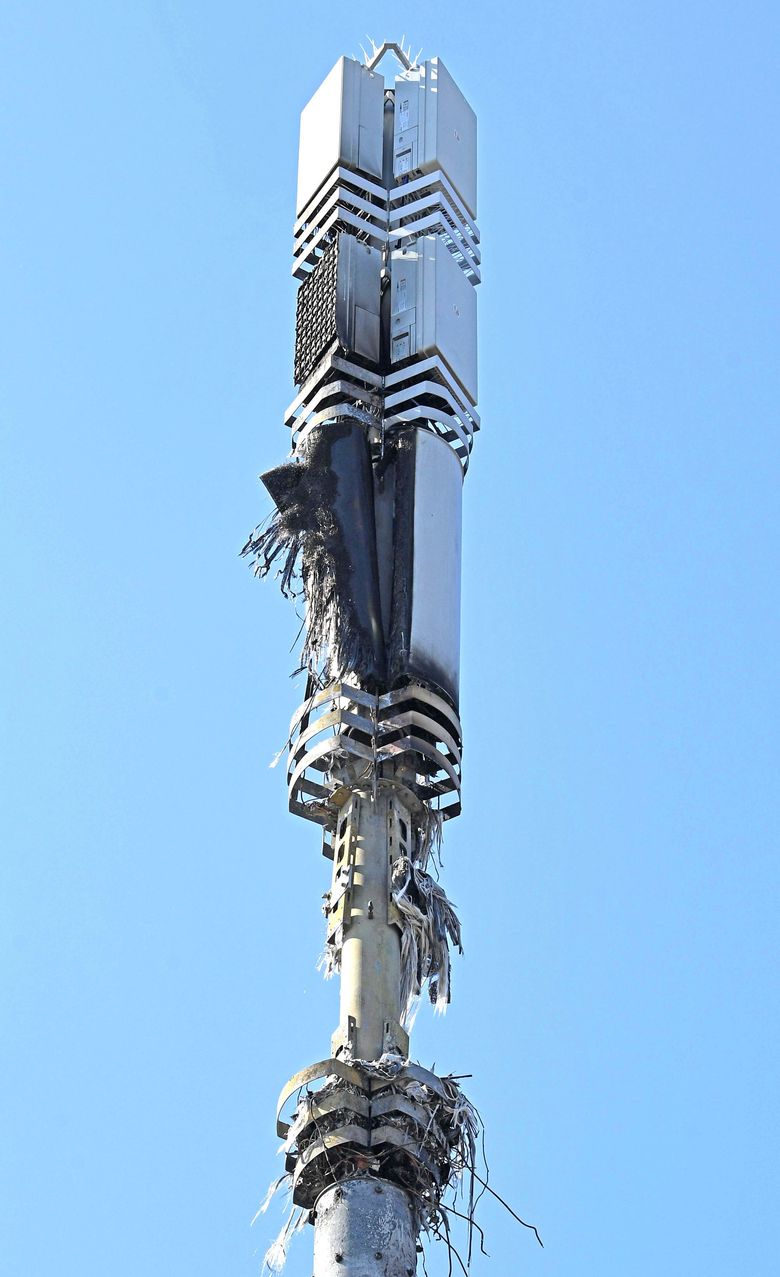In the event that you? ve ever before strolled by way of an area, you may have got spotted small tiny 5G cell may be on street light-weight poles. These seem like small containers, but they? what is a safe distance from a cell tower transmitting wireless signals from cell carriers to your own phone.
These more compact, purpose-built cell systems are replacing bigger, purpose-built ones. While less obvious, they will may nevertheless present issues for people.
The particular FCC? s Radiation Exposure Thresholds
The Radiation Exposure Thresholds of the FCC establish the safe distance from which a person might be exposed to electromagnetic radiation from cordless devices. The publicity limitations are centered on scientific proof indicating that RF energy may get hazardous to individuals health.
The precise assimilation rate (SAR) quantifies the radiofrequency energy absorbed by tissues. It is generally 1. 6 w per kilogram, averaged across one g of tissue.
Nevertheless, since safe distance to live from cell phone tower at higher eq, it may cause more energy strength within the skin in addition to other immediately subjected body parts. This might result in some sort of variety of feasible consequences, such because the accelerated enhancement of skin ailments such as dermatitis, skin cancer, and cataracts.
Due of the potentially severe consequences of 5g radiation, PSU features opted to impose a general localized power density limitation of 4 mW/cm2 averaged over 1 cm2, and certainly not to exceed 35 minutes, for all 5G services at 3 thousands GHz. This restricted limit is constant with the optimum spatial-average SAR involving 1. 6 W/kg averaged across just one g of cells at 6 Gigahertz.
The FCC? s Maximum Exposure Thresholds
If you've at any time used a mobile phone, an individual surely realize that you must be no less than 400 meters away from tower for protection. This is expected to the truth that the transmission strength of any cellular tower grows significantly with distance.
While this may seem just like a wonderful idea, the fact is that those living near to towers may be extra prone to health and fitness issues. A 2014 research in Of india, for instance, indicated that persons that resided within 55 meters of mobile phone towers had greater health concerns as compared to those who lived farther away.
Yet, this research also revealed that signs and symptoms returned to typical in a few days and nights for persons that relocated to places distant from cell towers. Several experiments have indicated that will exposure to substantial amounts of radiofrequency electromagnetic fields (EMFs) may well induce cancer, brain tumors, and additional health concerns.
RF radiation, which will be used in wireless communication, may permeate the outermost level of the human body, the skin. Typically the skin functions since a protective barrier against mechanical harm, infection by pathogenic bacteria, and the particular admission of harmful chemicals. It will be responsible for protecting the integrity associated with other organs which is the biggest appendage within the human body.
Minimum Exposure Thresholds of the FCC
The FCC's Least Exposure Thresholds depend on a number of unsupported scientific presumptions. They add the wrong notion that immediate exposures to RF radiation secure still to pay to low penetration into the human body (i. e., muscle heating) (i. e., tissue heating).

Additionally, the assumption disregards the deeper penetration of the ELF components of modulated RF signals along with the effect of brief high temperature bursts from pulsed RF waves. These kinds of assumptions tend not to align with the present knowledge of typically the biological effects involving RF radiation; thus, they should not be utilized to create health-protective exposure limits.
In addition , the ICNIRP and FCC restrict their maximum direct exposure limits to area peak SARs based on the maximum spatial specific assimilation rate (psSAR), which can be an insufficient dosimetric technique for evaluating the degree of RF light exposure. Specifically, psSAR is incorrect in frequencies greater compared to 6 GHz. In what is a safe distance from a cell tower , psSAR is not researched for RF light with co-exposure to other environmental elements such as sunlight. Interactions between radiofrequency (RF) radiation and other environmental factors may have bloodthirsty or synergistic effects. This would boost the likelihood of harmful health outcomes. Co-exposure to RF radiation and sunshine, for instance, may raise the risk of skin area cancer and worsen other skin situations, for instance acne.
